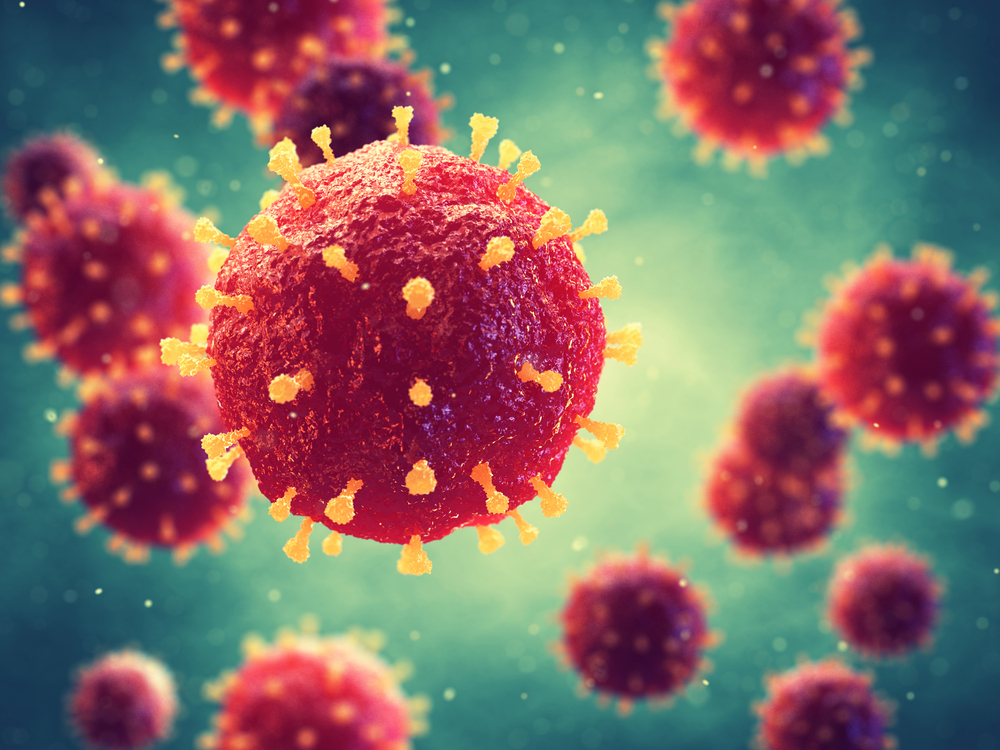Rituxan May Increase Risk for Severe Infections in AAV Patients, Retrospective Study Suggests

In patients with anti-neutrophil cytoplasmic antibody (ANCA)-associated vasculitis (AAV), Rituxan (rituximab) may lead to general decrease in antibody levels, increasing their risk for infections, finds a single-center retrospective study.
The study, “Immunoglobulin levels and infection risk with rituximab induction for anti-neutrophil cytoplasmic antibody-associated vasculitis,” appeared in the Clinic Kidney Journal.
Rituxan, a monoclonal antibody directed against the protein CD20, is currently co-marketed by Biogen and Genentech in the United States. It is approved to treat AAVs, including granulomatosis with polyangiitis (GPA) and microscopic polyangiitis (MPA). B-cells have a central role in these diseases and Rituxan induces B-cell depletion via multiple pathways.
While other cells of the immune system lack CD20 expression — making them “safe” from Rituxan targeting — recent studies suggest that the drug can decrease antibody levels. However, it is still unknown if this decrease is linked to a higher risk for infections in AAV patients.
To address this, researchers studied a group AAV patients who received Rituxan between 2005 and 2016. The group 30 patients — 23 of them women — with a mean age of 63 years. Sixteen had granulomatosis with polyangiitis and 13 were proteinase 3 (PR3) ANCA-positive.
The analysis showed that patients treated with Rituxan often develop hypogammaglobulinemia, a condition characterized by low levels of antibodies in the blood. The severity of hypogammaglobulinemia was linked to higher risk of infections, with patients at more severe stages requiring hospitalization.
After adjusting for age, race and estimated glomerular filtration rate, patients with severely low levels of antibodies were 21 to 24 times more likely to get infections requiring hospitalization, depending on the antibodies analyzed. The authors say their study was limited by the small sample size, retrospective design, lack of baseline antibody levels and variation in the timing of antibody measurement.
“Our study examines the risk of infection related to the severity of hypogammaglobulinemia and demonstrates a higher risk of infections requiring hospitalization in patients with severe hypogammaglobulinemia in AAV,” the team wrote. “Given the high incidence of hypogammaglobulinemia and increased infection risk, it is of utmost importance to identify not only the risk factors for infection but also to validate the scoring tools used to guide [antibody] replacement therapy in a larger cohort.”






